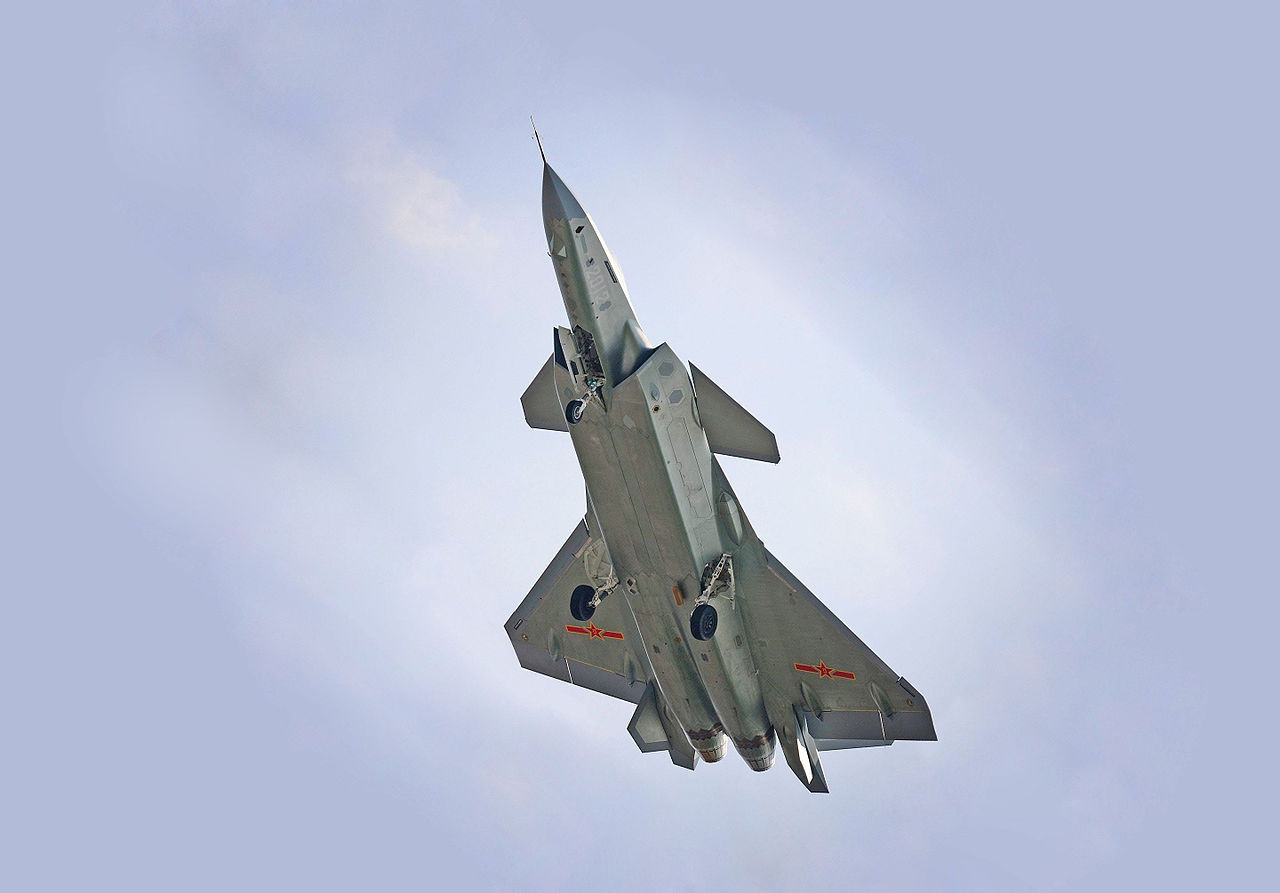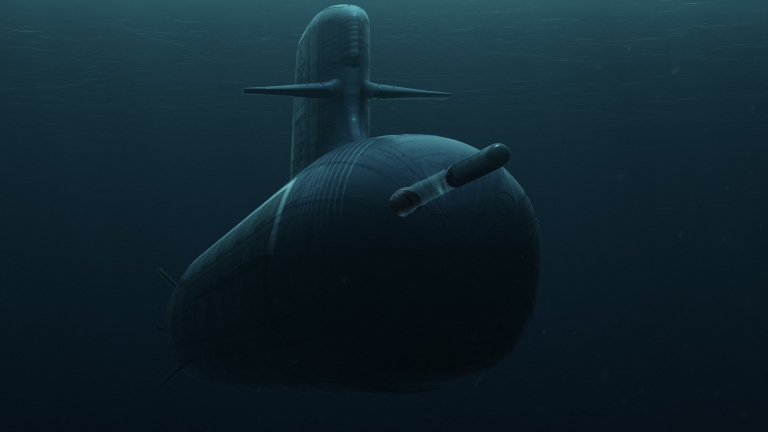2708Views 4Comments

Chengdu J-20 makes public debut at Zhuhai Air Show
The People Liberation Army Air Force (PLAAF)’s newest fighter aircraft, the Chengdu Aircraft Corporation (CAC) J-20, recently made its public debut at the 2016 Zhuhai Air Show.
The CAC J-20 first flew in January 2011, following more than a decade’s worth of preliminary development work by CAC under the J-XX program. In 2008, the PLAAF chose CAC’s design proposal over a competing one from the Shenyang Aircraft Corporation (SAC). Upon its maiden flight in 2011, the PLAAF reportedly set the J-20’s intended induction date before 2019.
Notes & Comments:
Although a next-generation design, it does not appear that the J-20 is at the core, at least today, of the PLAAF’s overall fleet modernization plan.
This is apparent in the fact that the J-20’s design showcases an emphasis on long-range, long-endurance, and heavy-payload attributes. In fact, IHS Jane’s has an analysis of an apparent strike-oriented variant of the J-20, which is reportedly under development.
The existence of such a variant backs the notion that the J-20 platform is envisaged to fulfill niche roles in the PLAAF, deferring the multi-role and general purpose needs to the J-10 and J-11 platforms, which have seen considerable development in recent years in parallel with the J-20.
Interestingly, the PLAAF has not yet committed to the Shenyang Aircraft Corporation FC-31, which is being marketed solely for the export market. In contrast to the J-20, the FC-31 is showcased as a more affordable multi-role platform, one suitable for competing against the Lockheed Martin F-35 Lightning II and the slew of emerging medium-weight next-generation fighters, such as the Korea Aerospace Industries KFX.
While it is speculated at the PLAAF – and/or potentially the People Liberation Army Navy (PLAN) – would adopt the FC-31 to replace legacy fighters, the fact that neither has formally committed to this platform is noteworthy. Instead, both service arms have seemingly emphasized the need to further develop existing platforms, namely the J-10 and J-11, with next-generation subsystems and munitions.
Unfortunately, the lack of access to the domestic market places the FC-31 in an uncertain position, one where Aviation Industry Corporation of China (AVIC) – China’s defence aviation commercial arm – is put into the position of tying the FC-31’s success to development funding from the launch export customer.
The PLAAF and PLAN’s approach to next-generation manned fighters thus far could be grounds for closely observing China’s unmanned aerial vehicle (UAV) programs. In parallel with aggressively developing active electronically-scanned array (AESA) radars and improved electronic warfare (EW) systems for all aviation applications, China could potentially be thinking ahead to achieve a compelling UAV strategy. That, or in addition to it, additional changes to the J-10 and/or J-11.



4 Comments
by Omer Farooq
Why China wont sell J-20 fighter to Pakistan???any reasons in particular and does pakistan has any intentions to buy j20…..
by imran
F-6(MiG-19) and A-5 were dual engines.
by Omer Farooq
What I understood from you is that pakistan doesnt have the intentions to buy j 20 coz its not our requirement but what I see is that j31 is an immature platform and how would PAF invest in it however it is a matter of almost a decade where we would have a clear idea where PAF is heading…..
by Ahmad Shah Durrani
US does not sell F-22 to any other country and China has also announced that it will also not export J-20 to any other country. Close allies of US such as Japan, Australia and Canada lobbied US to sell them F-22 but they all were refused. JF-17 was also a “immature platform” in 2007 when Pakistan inducted in PAF. It takes time for a platform to mature and hopefully J-31 will be a good fighter.